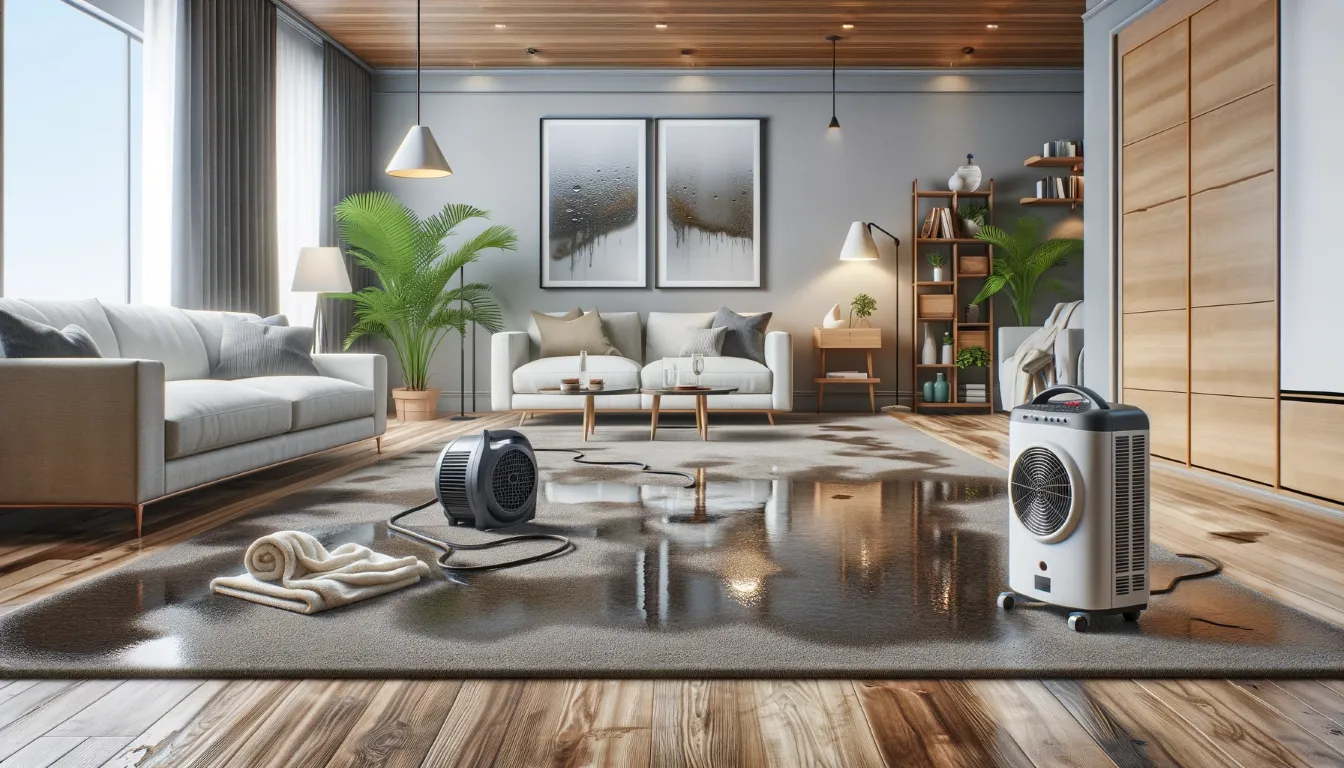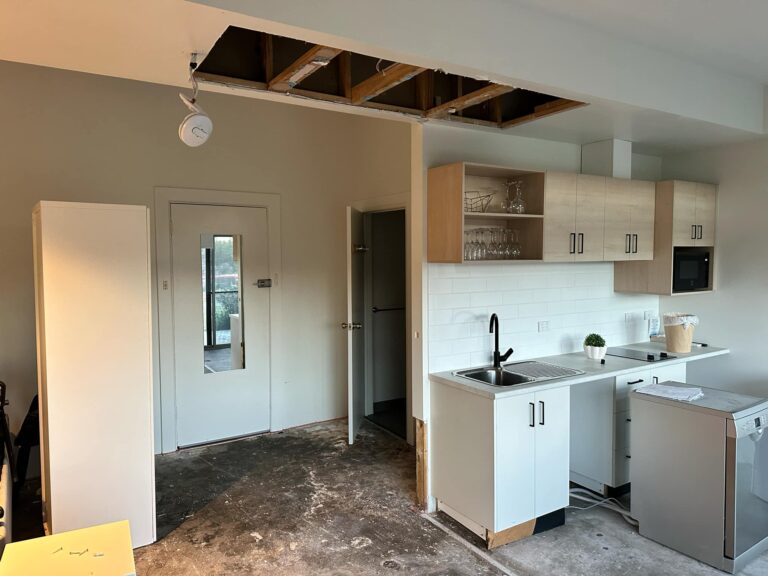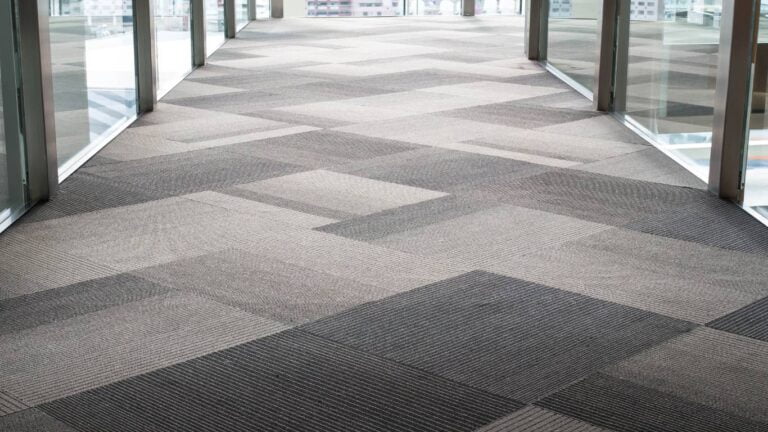Learning how to dry wet carpet is crucial to prevent mould growth and maintain a healthy living environment after your carpet has become soaked due to spills, leaks, or flooding. The drying process involves several steps, from stopping the water source and removing excess moisture to using fans, dehumidifiers, and natural methods to ensure thorough dryness. A quick response and the right techniques can save your carpet from permanent damage and costly replacements. This article guides you through immediate actions, tools and appliances that can aid in drying, natural methods, chemical solutions for dealing with potential mould, and long-term care to preserve your carpet’s quality post-dry. Whether you’re dealing with a minor spill or a major flood, these strategies will help you restore your carpet to its pre-damp state.
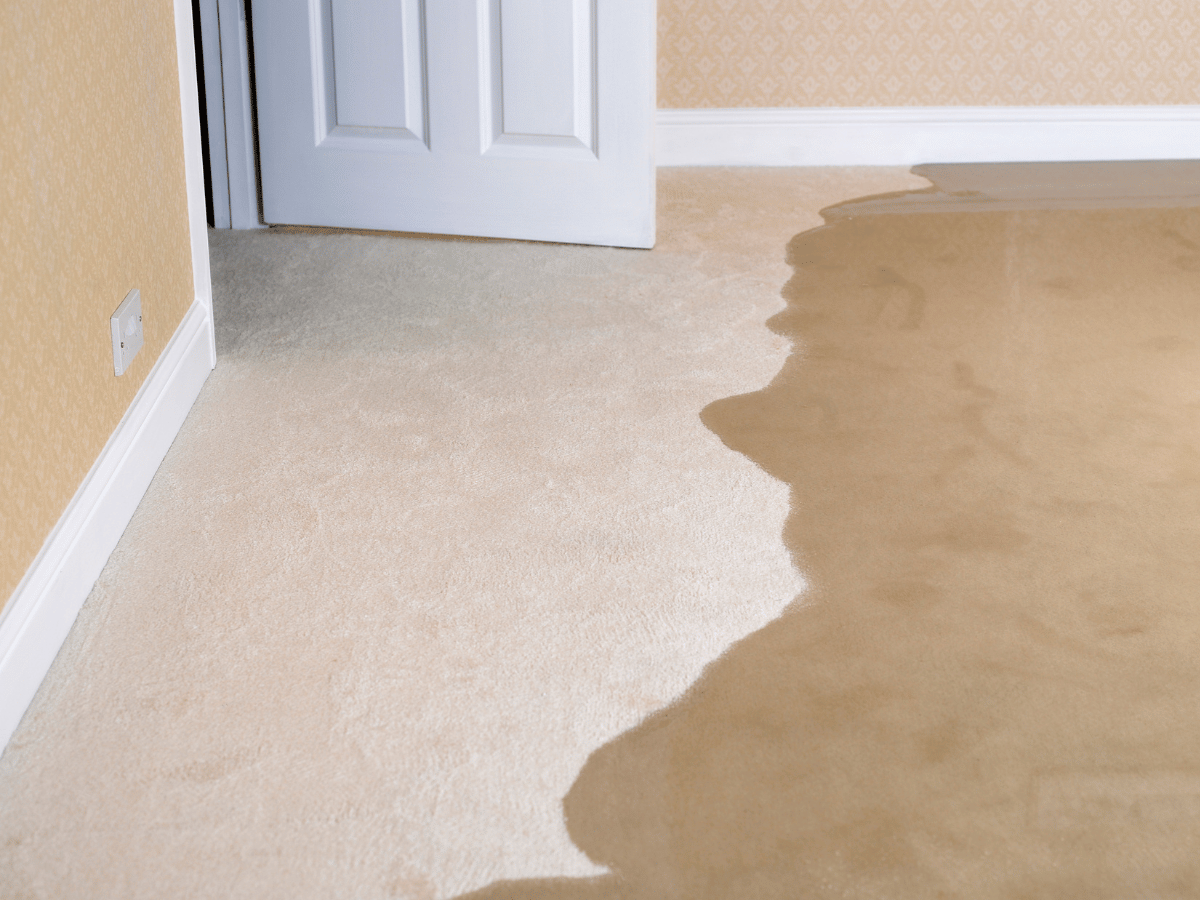
Immediate Steps After Carpet Gets Wet
Stop the Water Source
When you’re dealing with a wet carpet, the first thing you’ve got to do is find and stop the source of the water. Whether it’s from flooding, leaks, or spills, you need to tackle this right away to prevent more damage and kick off the drying process as quickly as you can.
Remove Furniture and Objects
After you’ve got the water flow under control, it’s time to clear the area. Move furniture and any other items off the wet carpet. This helps protect your furniture and makes it a whole lot easier to clean and dry the carpet well.
Soak Up Excess Water
With the area clear, your next move is to get as much water out of the carpet as you can. A wet-dry vacuum is perfect for this job, sucking up water fast and effectively. If you don’t have one, don’t worry—absorbent towels will do the trick. Just remember to swap them out for dry ones as they get soaked to keep up the absorption.
Increase Airflow in the Room
To speed up drying, you’ve got to get the air moving. Crack open the windows if it’s drier outside than in. Otherwise, set up fans and dehumidifiers to get the air circulating and cut down on humidity.
If you can lift the carpet, aim fans underneath to dry the padding and subfloor, which is super important. A wet subfloor can cause structural damage and mould. Speaking of mould, it can start showing up in just 24-48 hours, so in serious flooding situations, a dehumidifier is a must-have. Just make sure to shut the windows to let it do its job right.
The temperature can also help out with drying. If it’s chilly, crank up the heat to evaporate moisture faster. If the AC is making things too cool, warm it up a bit to help the drying along.
Finally, don’t forget to check the subfloor and carpet padding. If they’re wet, they might need replacing to avoid mould and bad smells. And if the carpet and padding aren’t drying out all the way, it’s probably time to call in the pros. Water damage restoration experts have the heavy-duty drying gear and know-how to take care of it for you.
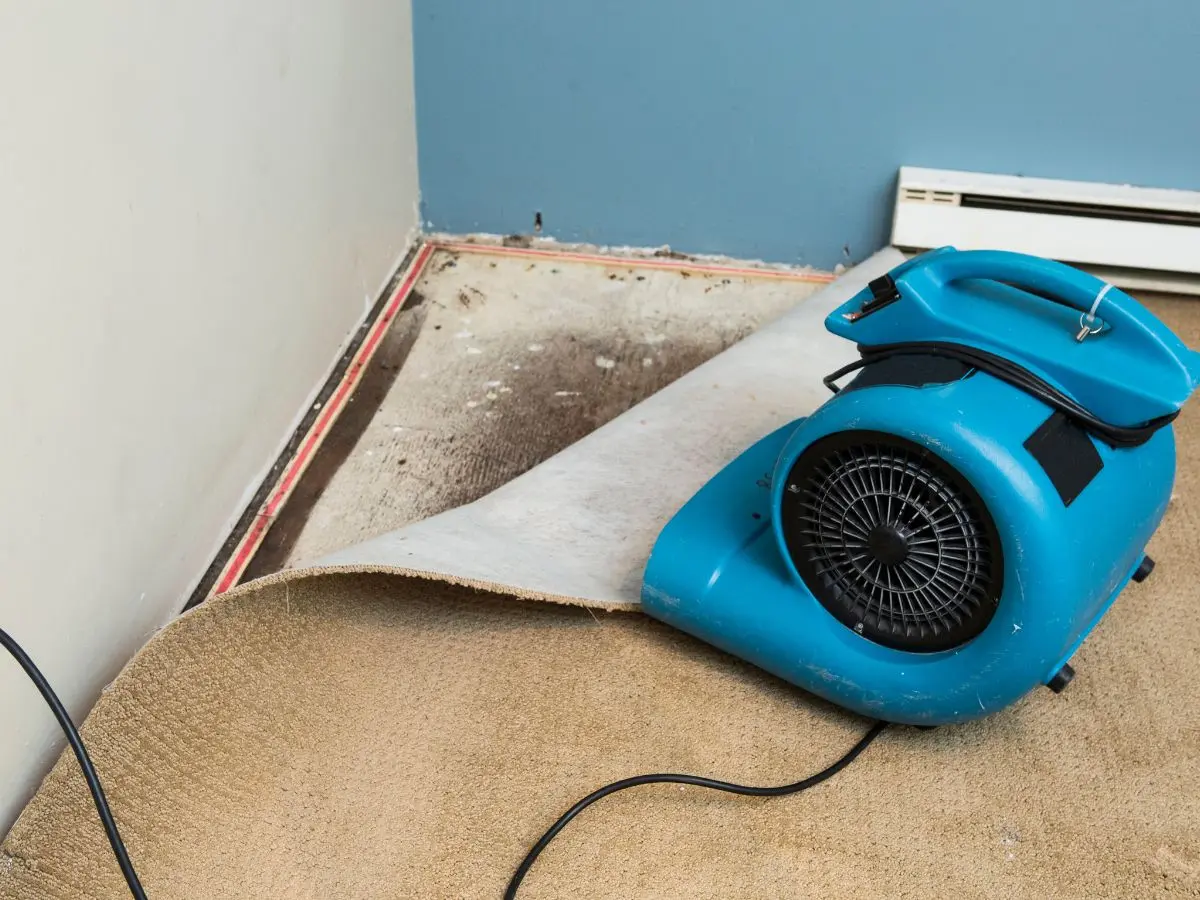
Using Tools and Appliances
Deploying Carpet Fans and Blowers
Once you’ve tackled the initial water removal, further enhance the drying with carpet fans and blowers. These devices excel in promoting airflow over the damp areas, which is essential for quickening the evaporation process.
Incorporating the use of ceiling, box, or stand fans can also be beneficial, particularly in stagnant air zones within the space.
Dehumidifiers for Moisture Control
In humid conditions, a dehumidifier becomes an indispensable tool. It not only aids in maintaining a dry atmosphere but also assists in expediting the carpet’s drying time by ensuring that the ambient air is conducive to moisture evaporation.
The Role of Air Conditioners and Heaters
Adjusting the room temperature can influence drying times. Air conditioners contribute to moisture control by dehumidifying the air. Conversely, heaters elevate the temperature, promoting quicker evaporation. However, caution is advised when using space heaters; they should not be placed near wet areas to prevent potential hazards.
For extensive water damage, the equipment and techniques available to professionals are far superior. They can provide a thorough assessment, an estimate for repairs, and assistance with insurance claims, facilitating a more efficient restoration process. In such cases, seeking expert help is the prudent choice. Find out about our water damage restoration here.
Natural Drying Methods
Sunlight and Outdoor Drying
Exposing your wet carpets to sunlight can be beneficial. The UV rays from the sun serve as a natural disinfectant, reducing the risk of mould and bacteria growth. For items like wool rugs, laying them out in the sun can be particularly effective.
Draping a damp rug over a clothesline allows for optimal air and sunlight exposure, which can hasten the drying process and prevent mildew.
Indoor Air Circulation Techniques
If outdoor drying isn’t an option, enhancing indoor air circulation is crucial. Utilising air movers can create a consistent airflow across the carpet’s surface, which can significantly reduce drying times. Axial fans are suitable for larger spaces, as they distribute air uniformly.
Centrifugal fans are more effective for directing airflow to targeted areas. It’s important to keep the space well-ventilated during the drying process to avoid trapping moisture and potentially fostering mould growth.
Raising the indoor temperature can also facilitate drying by promoting evaporation.
Absorbents and Baking Soda
Using adsorbents like baking soda can be effective for moisture removal and odour elimination. Sprinkling baking soda over damp areas can draw out the moisture and neutralise odours. This method is particularly useful for minor spills and can be used in conjunction with other drying techniques to ensure thorough dryness.
Ventilation Strategies
Proper ventilation is essential for rapid drying. When conditions outside are favourable, opening windows can introduce fresh air and reduce indoor humidity, aiding in the drying process.
However, security considerations should be taken into account. Keeping interior doors open can also promote airflow and allow humid air to escape.
Activating your HVAC system’s fan or employing floor fans can enhance air circulation, which is beneficial if air conditioning is not available. To confirm complete dryness, it’s necessary to check the carpet by touch and by walking on it with shoes, as the surface may appear dry while moisture remains underneath.
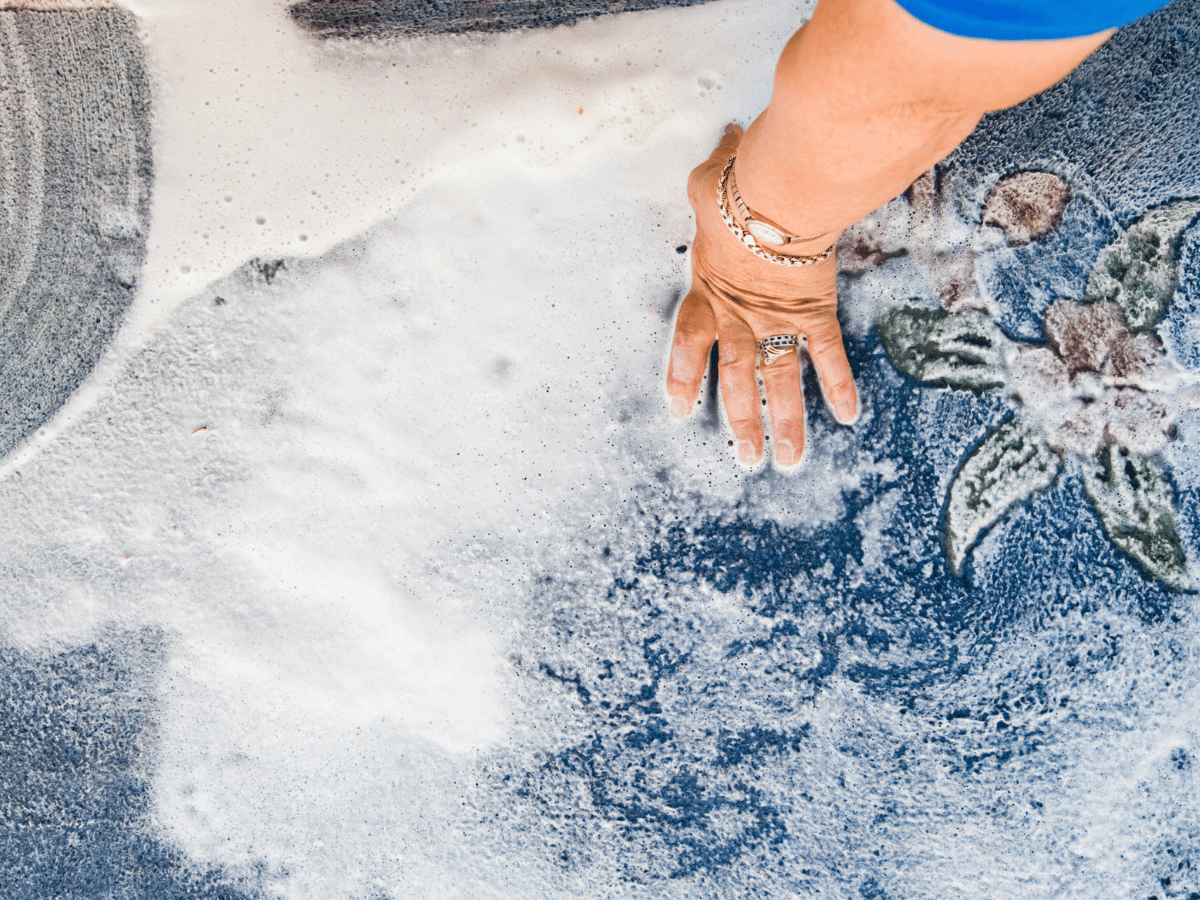
Chemicals and Solutions for Wet Carpets
Anti-Mold Sprays and Solutions
To combat mould, which thrives in the moist environment of carpet fibres and backing, anti-mold products are essential. These formulations are designed to eradicate mould spores and prevent their proliferation. Opting for eco-friendly, plant-derived options can be effective in not only eliminating mould but also in preventing its recurrence with proper application and maintenance.
Using Disinfectants for Sanitisation
Disinfectants play a crucial role in sanitising carpets affected by water. They are effective against a broad spectrum of pathogens, including bacteria and viruses that may accompany mould. Select a disinfectant suitable for use on carpets and adhere to the manufacturer’s guidelines to ensure thorough sanitization.
This measure is particularly critical in situations involving water damage, where immediate action is necessary to inhibit mould growth beneath the carpet.
Homemade Remedies for Carpet Odours
For minor mould issues or to address odours, homemade solutions can be useful. A solution of equal parts vinegar and water is a common choice. This may assist with superficial odours and mild mould presence, but it may not be sufficient for more deeply entrenched mould within the carpet backing and padding.
Therefore, while DIY methods can be beneficial for minor concerns, they are not a substitute for professional intervention in more severe cases.
Precautions When Using Chemicals
Caution is paramount when applying chemical treatments to damp carpets. Ensure adequate ventilation to prevent inhalation of harmful vapours. Adhere strictly to usage instructions to avoid damaging the carpet or altering its appearance.
Testing the product on an inconspicuous section of the carpet is advisable to check for adverse effects. For extensive mould contamination or when using potent chemicals, it is advisable to enlist the services of professionals equipped with the appropriate tools and expertise for safe and thorough treatment.
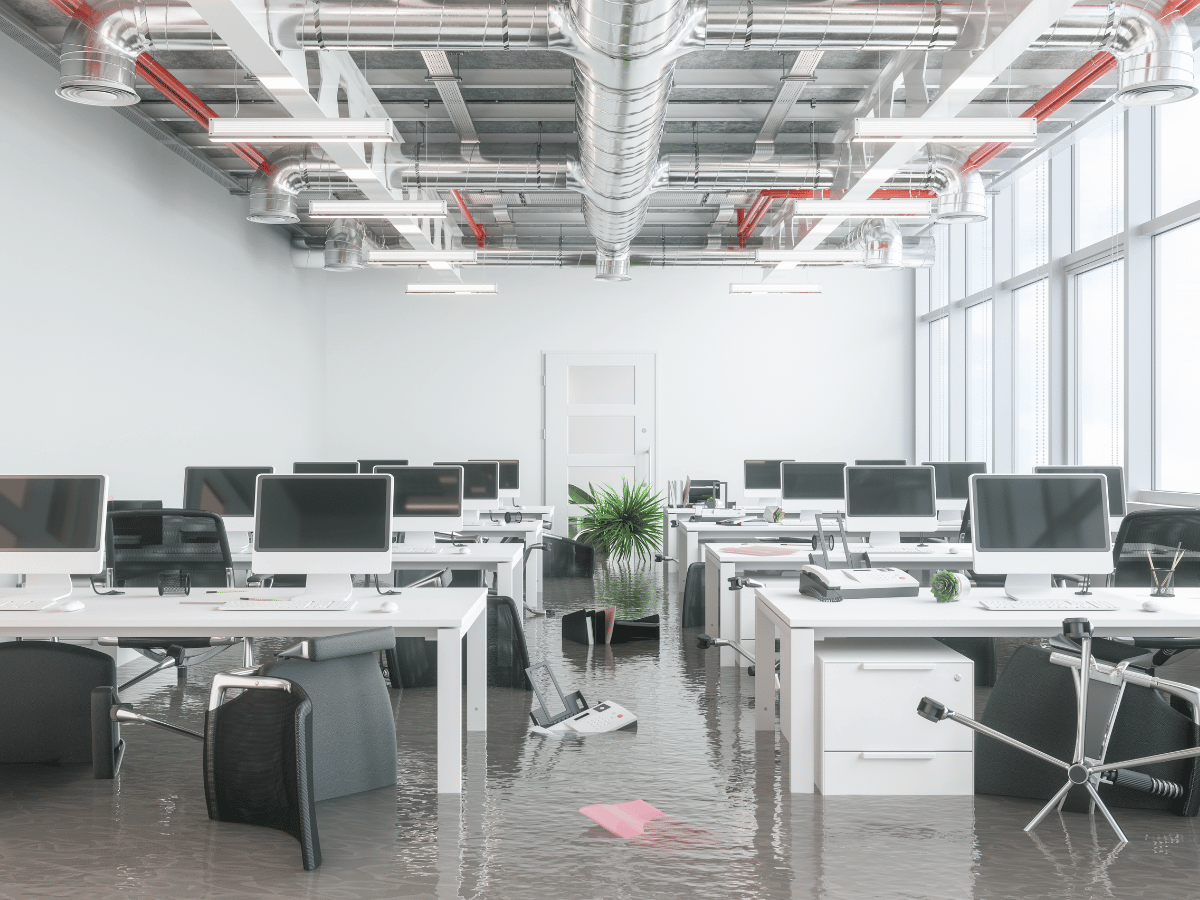
Long-Term Carpet Care Post-Dry
Assessing the Need for Professional Cleaning
Even after employing various drying techniques, a professional cleaning may be necessary to ensure the carpet is thoroughly sanitised and free of any contaminants. Professional cleaners have access to industrial-grade equipment and cleaning agents that can more effectively remove moisture, as well as any dirt, bacteria, and allergens that may be present. They can also apply treatments to the carpet that make it more resistant to future soiling, contributing to a healthier living environment and reducing the likelihood of persistent odours.
Regular Maintenance Tips
To maintain the carpet’s quality after it has dried, regular upkeep is essential. Frequent vacuuming, at least weekly, can prevent the embedding of dirt and debris. It’s also important to address spills immediately by blotting the affected area. Consulting with professionals regarding the best products for spot cleaning can help maintain the carpet’s appearance between professional services.
Prevention of Future Water Damage
Proactive measures can help avert future incidents of water damage. Regular inspections for leaks and potential water ingress points can be instrumental in preventing moisture accumulation. Should the carpet become wet, it’s crucial to lift it promptly to facilitate drying and minimise the risk of needing a replacement. While fans should not be used in the presence of standing water, once excess liquid is removed, using dehumidifiers and the HVAC system can be effective in removing residual moisture. Additionally, installing a carpet protector post-cleaning can offer a safeguard against spills and simplify subsequent cleanings.
When to Consider Carpet Replacement
In cases where the carpet has sustained extensive damage or shows signs of irreparable wear, such as persistent stains or mould, replacement may be the most viable option. Consulting with professionals can provide insight into whether restoration is feasible or if investing in new flooring is more prudent. Prompt attention to water damage can prevent extensive deterioration, preserving both the carpet and the overall health of the home environment.
Safeguarding Your Space
When water takes a toll on your carpets, quick and careful action is key to preventing mould, structural damage, and other moisture-related issues. From the immediate response of stopping water at its source to utilising every tool in the drying arsenal, your efforts are critical in protecting your space. Remember, incorporating the sun’s natural drying power and keeping a diligent eye on airflow and dehumidification can be game changers.
In the battle against dampness, never underestimate the power of professional cleaning. Experts bring in high-powered equipment and deep knowledge that can mean the difference between a quick recovery and a long-term headache.
Stay proactive, consider these tips and techniques as your first line of defence, and know that professional help is just a call away to ensure your carpets—and your space—stay fresh, dry, and healthy.

